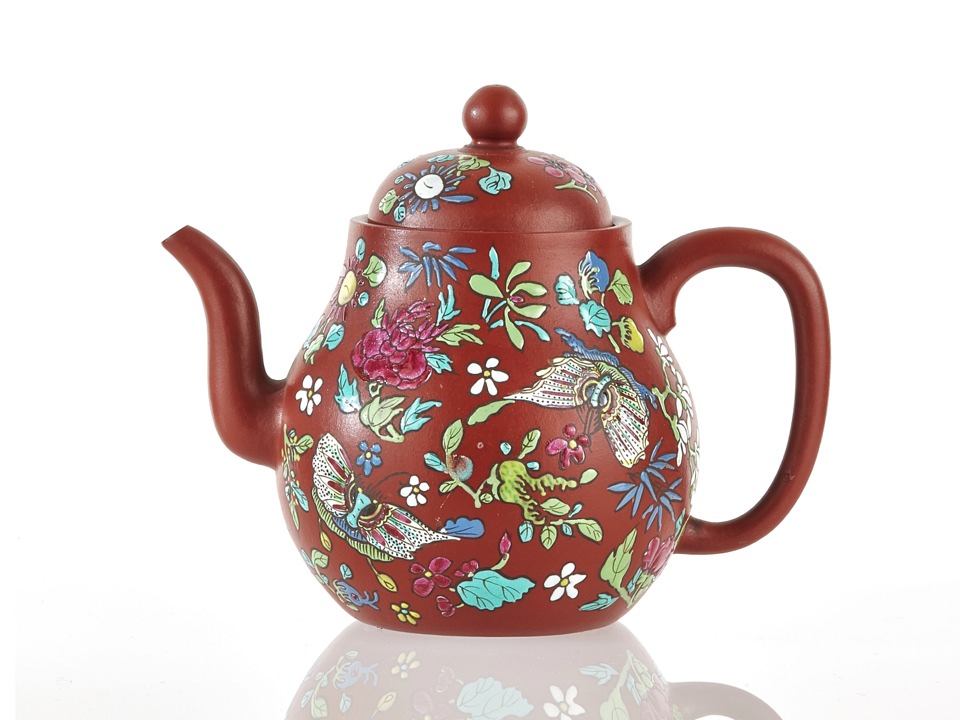Taça de Libação: era suposto que estes objectos tivessem propriedades mágicas, incluindo a capacidade de detectar veneno, além de virtudes afrodisíacas. Correntemente usados para tomar remédios ou em libações. China, Período Qianlong (1736-1795), século XVIII.
Libation cup: these objects were supposed to have magical properties, including the ability to detect poison, as well as aphrodisiac virtues. Served to drink medicine or in libations. China, Qialong Period, 18th century.
Recipiente de madeira: provavelmente para cocaína, estes recipientes representam figuras de animais (pecari, jaguar, papagaio) e plantas da Amazónia. Século XVIII.
Wooden container: probably for cocaine, these containers represent figures of animals (pecari, jaguar, parrot) and plants of the Amazon. 18th century.
Recipiente de madeira: provavelmente para cocaína, estes recipientes representam figuras de animais (pecari, jaguar, papagaio) e plantas da Amazónia. Século XVIII.
Wooden container: probably for cocaine, these containers represent figures of animals (pecari, jaguar, parrot) and plants of the Amazon. 18th century.
Estátua de Shou Xing: feita em jade, a estátua representa o deus da longevidade e da sabedoria, virtudes apreciadas pelos frades do Convento. China, século XVIII.
Shou Xing statue: made in jade, the statue represents the god of longevity and wisdom, virtues appreciated by the friars of the Convent. China, 18th century.






